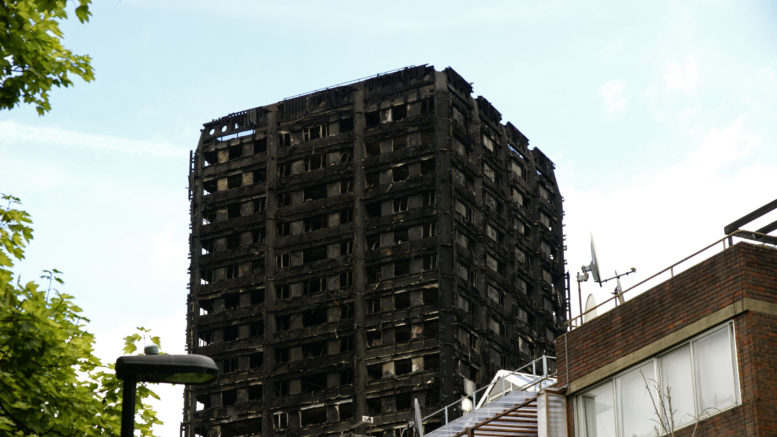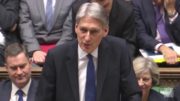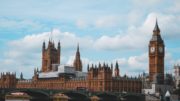As was to be expected, the deaths of around 80 in the horrendous fire at Grenfell Tower has meant that social landlords all over the country have had to scrutinise the materials and building practices used in the construction of their tower blocks.
Some local authorities who have their blocks with the same defective cladding as Grenfell Tower, have taken immediate steps to ensure the safety of their tenants, by evacuating them, finding temporary short-term accommodation and, in at least one authority, paying overtime to ensure that someone is on duty in blocks at risk, who can alert the tenants should a fire occur.
Questions are being asked about the 2009 fire in Lakanal House, in South London. 6 people sadly died which prompted the Coroner in charge of the case to make recommendations, in the hope that another incident of fire would be avoided. He recommended that fire safety in the building regulations be updated – this has not happened nor will the Government state when it would happen, the Department for Communities and Local Government stating that it would happen ‘in due course’. In the light of the deaths at Grenfell Tower, the go ahead may finally be given.
He also called for clearer advice to be given to tenants in the event of fire – it seems doubtful in view of the chaos that ensued and the fatalities at Grenfell Tower, that this has taken place either.
Furthermore, the coroner suggested that landlords should be encouraged to install sprinklers in high-rises – again, not a move that was taken up by the majority of social landlords, as was revealed by the investigations, started in the immediate aftermath of the fire.
We can expect increased fire regulations in the social sector, but the private sector will almost certainly be affected too. Larger developments planned by large build-to-rent companies will also be expected to comply with the improved fire and building regulations. Even holders of small, private sector portfolios will find the fire regulations have increased. But though this may cost landlords money, it is necessary if they are not to be subject of the censure, and possible criminal proceedings, which Kensington and Chelsea may face.
Grenfell Tower had not had a risk assessment carried out since December 2015. Since that date, the refurbishment programme had the cladding panels attached to the exterior of the building – which now appears to be a factor in the rapid spread of the fire which destroyed the building.
Private landlords must always provide more than the law requires. Provide fire extinguishers, but make sure they are checked every year, so that if needed, they can do what they are supposed to – not to enable people to risk their lives by trying to fight the fire, but using it to ensure tenants can get to doors.
It is tragic to know that tenants in Grenfell Tower had been concerned about safety issues, including fire extinguishers marked ‘condemned’ and last tested in 2009 and 2010. Fire safety blankets can help with small domestic fires. Ensure all properties have windows which open wide enough to allow escape from a building – with the assistance of the fire service, of course.
In a private sector property, it is perhaps not reasonable to expect landlords to install sprinklers, but landlords can provide clear signing for fire exits and a fire plan to give tenants, so they know exactly what they should do, in the event of fire – get out.
Also, advise tenants to try and avoid the possibility of fire, as much as possible – candles for example are often the cause of fires.
Grenfell Tower has been a tragedy which will not be forgotten for a long time. An even greater tragedy would be if no lessons were learned.
For advice on buy to let issues – General Knowledge








Be the first to comment on "In the Aftermath of the Grenfell Tower Tragedy"